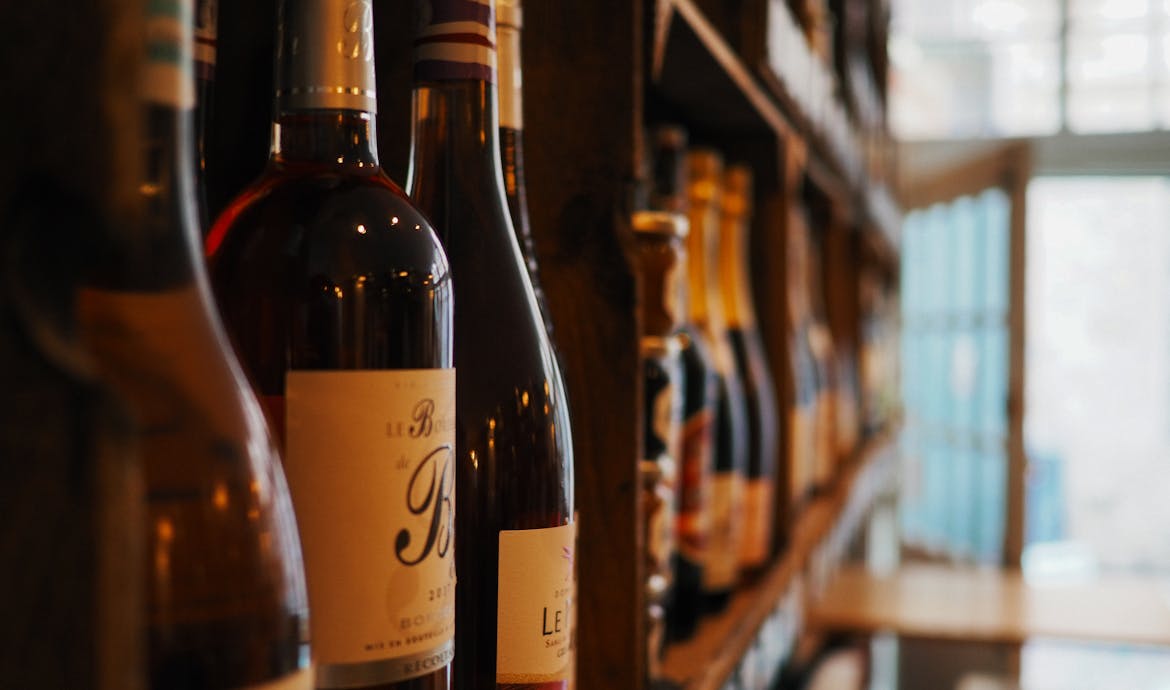Barrel Aging: What Impacts Do Time and Wood Have on the Spirit?

Barrel aging is an ancient craft, a process revered for transforming simple distilled spirits into complex, flavorful elixirs. This article delves into how time and wood work their magic, particularly in spirits like whisky, known for their rich, nuanced flavours.
What Time Does in Aging Spirits
Time is a master craftsman in the world of spirits. As the beverage ages, it undergoes a series of chemical reactions that alter its flavour, aroma, and colour. The longer it spends in a barrel, the more opportunity it has to develop depth and complexity. However, aging is a delicate balance – too little time, and the beverage may lack character; too much, and it might become overpowered by woody notes.
Wood’s Influence on Flavour and Character
The type of wood chosen for the barrel is as crucial as the aging process. Oak is the most common choice, valued for its strength and unique flavour compounds. Different types of oak, like American or European, impart distinct flavours to the beverage. These range from vanilla and caramel notes in American oak to the spicy, fruity undertones from European oak. The wood’s previous use – whether it held sherry, bourbon, or was charred – also contributes to the flavour profile, adding layers of complexity.
The Science of Interaction Between Spirit and Barrel
When a spirit is stored in a barrel, it interacts with the wood. This interaction is a dance, where the beverage slowly seeps into the wood and then back into the barrel’s interior. During this process, it picks up flavours from the wood and loses some of its initial harshnesses. The wood also imparts tannins, which add structure and dryness, balancing its natural sweetness.
Explore more: The Physical And Mental Toll Of Substance Abuse
The Impact of the Environment on Aging
The environment where the barrels are stored plays a significant role in the aging process. Factors like temperature, humidity, and even the location of the barrel in the warehouse can influence the final product. Utilizing a Warehouse Management Solution can optimize these conditions to ensure the desired aging outcomes. In warmer climates, the aging process is accelerated, leading to faster extraction of flavors from the wood. Conversely, cooler climates offer a slower, more gradual maturation.
The Magic of Maturation
As spirits like whisky age, they evolve, losing some of their initial fiery edge and gaining smoothness and subtlety. The colour deepens, turning into rich ambers and gold, and the flavours become more pronounced and harmonious. This maturation process is where a spirit truly finds its character, developing a profile that can be both complex and profoundly satisfying to the palate.
The Art of Blending: Creating Harmony from Varied Ages and Barrels
Beyond individual barrels, the art of blending plays a pivotal role in crafting a well-rounded liquor. Master blenders skillfully combine spirits from different barrels, each with its own unique age and flavour profile. This blending is not just about mixing; it’s about creating a harmonious balance where the characteristics of each barrel complement the others. The result is a beverage that embodies a broader spectrum of flavours and aromas, offering a more complex and layered drinking experience. In this way, the blender’s expertise is as crucial as the time spent in the barrel, showcasing the multifaceted nature of creating exceptional spirits like whisky.
Conclusion
Barrel aging is an alchemical process that transforms raw spirits into refined, flavourful beverages. The interplay of time, wood type, and environmental factors create a symphony of flavours, each element contributing to the unique character of the final product. Spirits like whisky, which have undergone this process, are not just drinks but stories – tales of time, nature, and the art of the distiller. Understanding this intricate process deepens the appreciation for these aged treasures, making each sip a journey through time and craftsmanship.








Comments are closed.